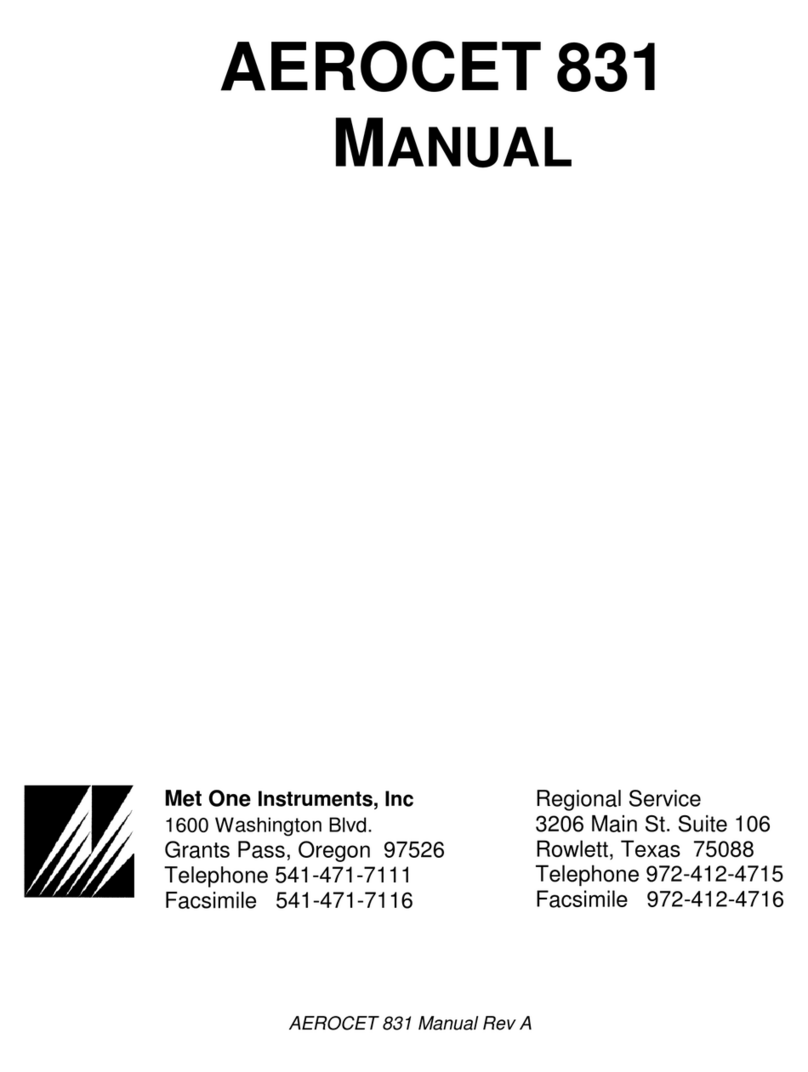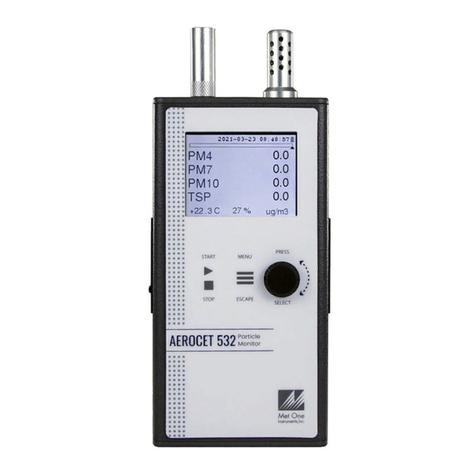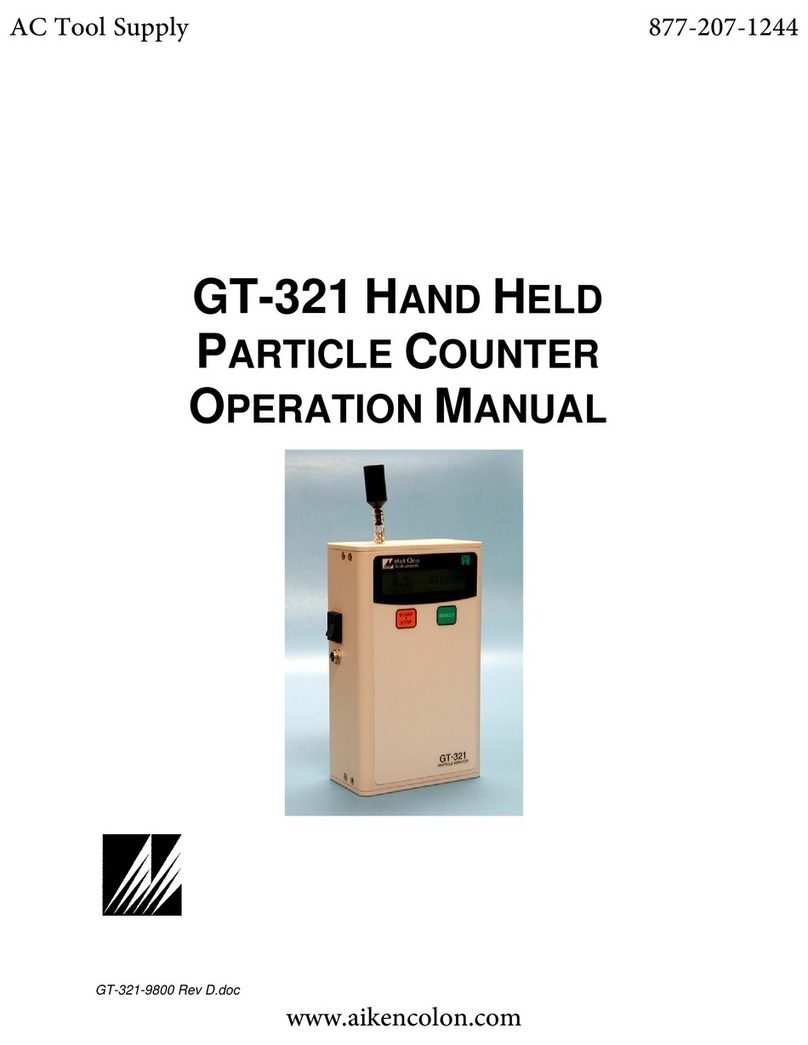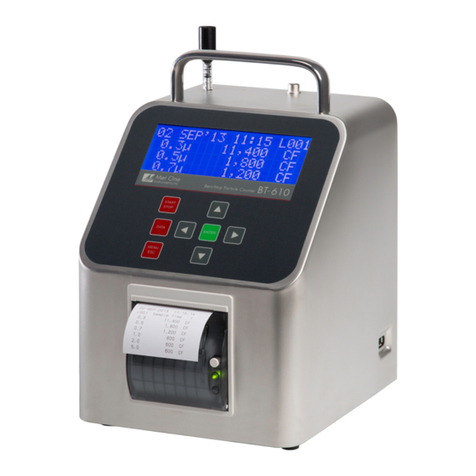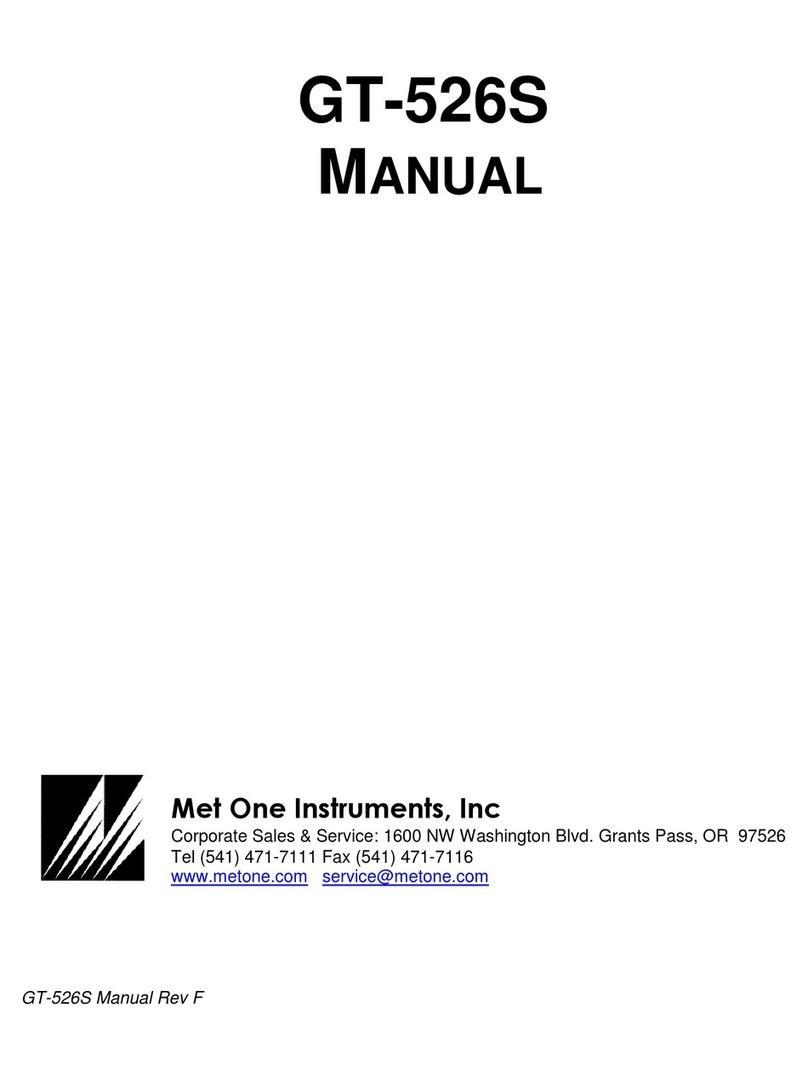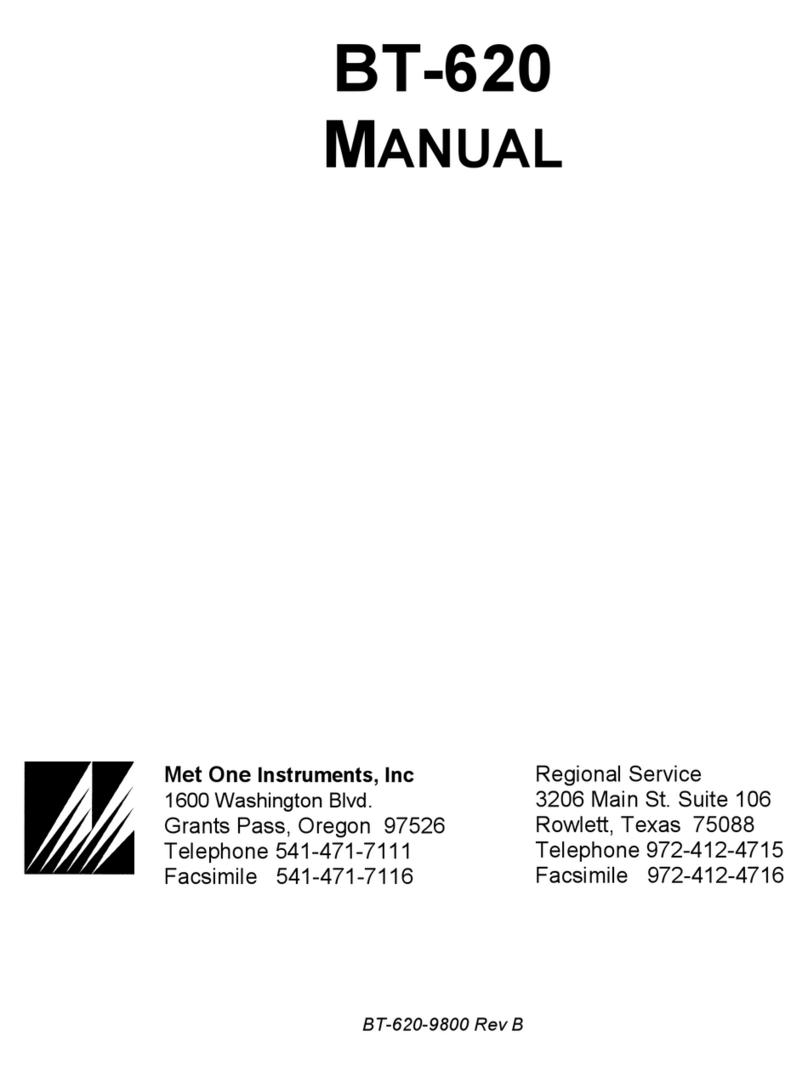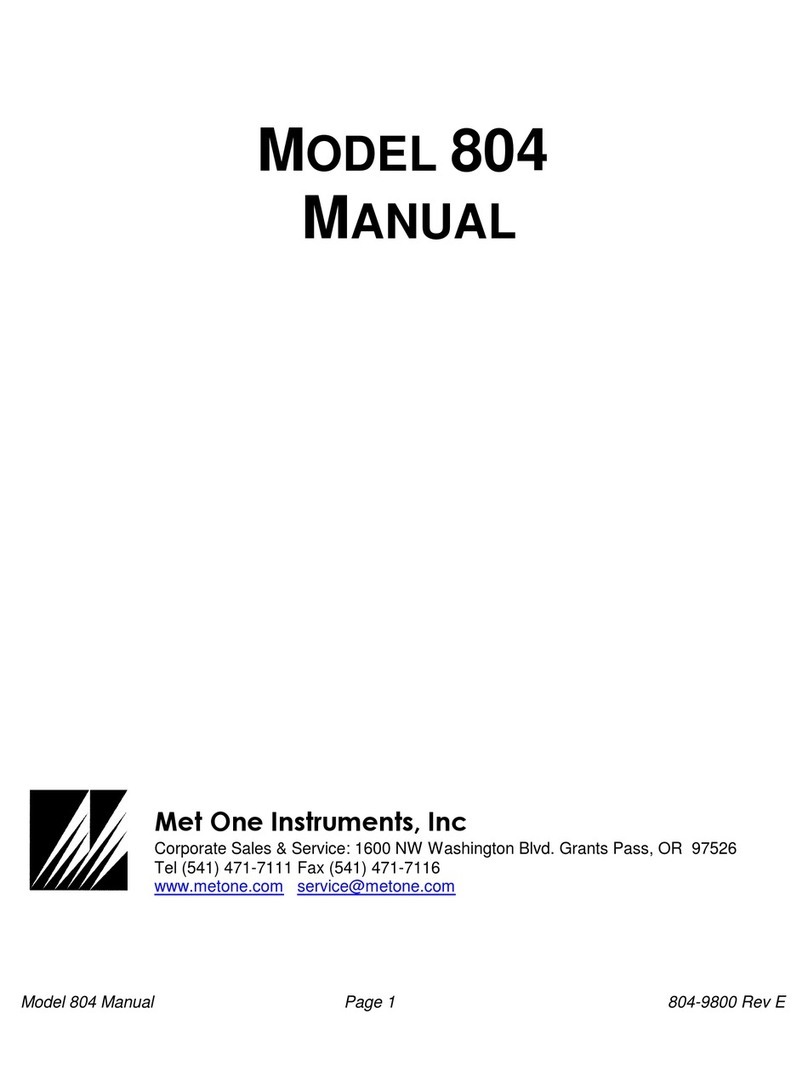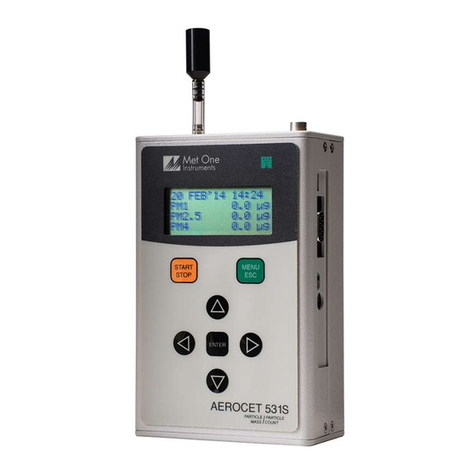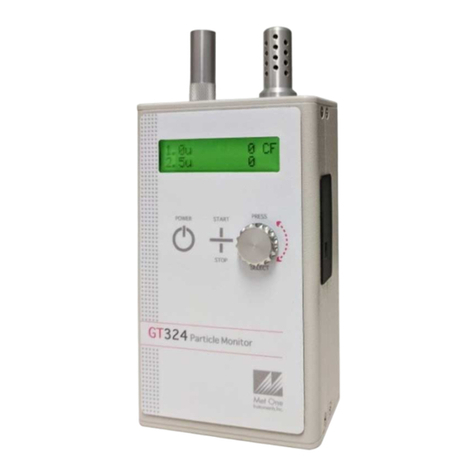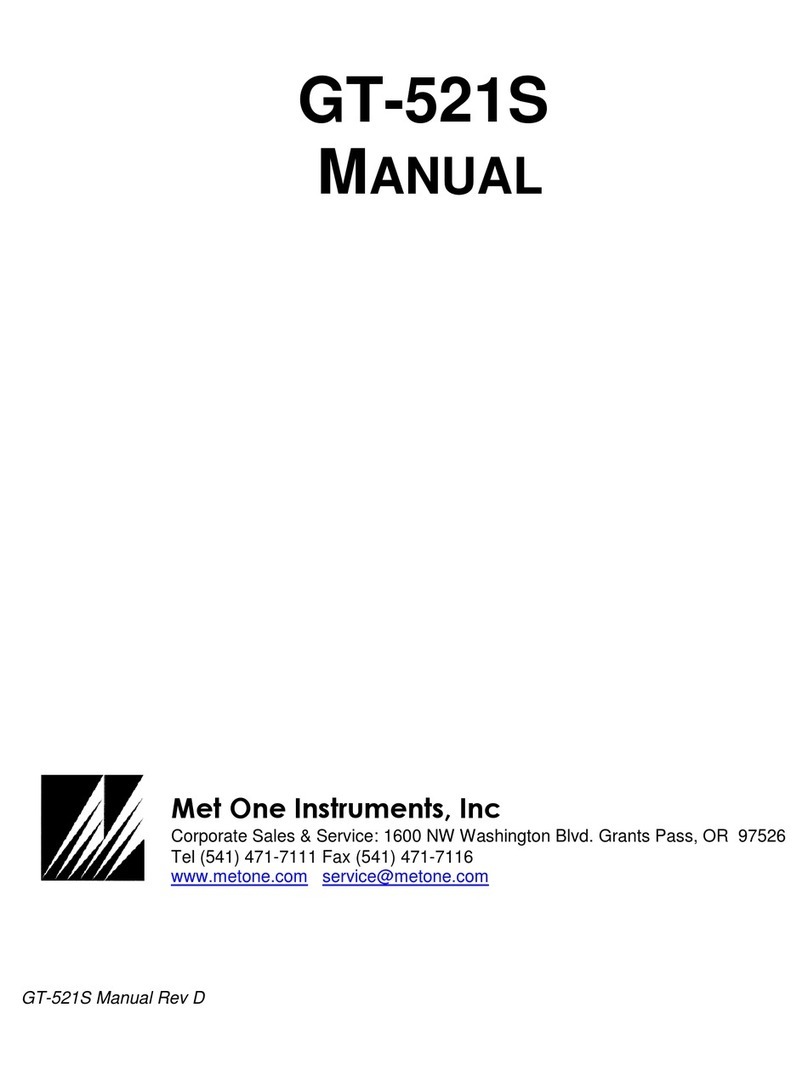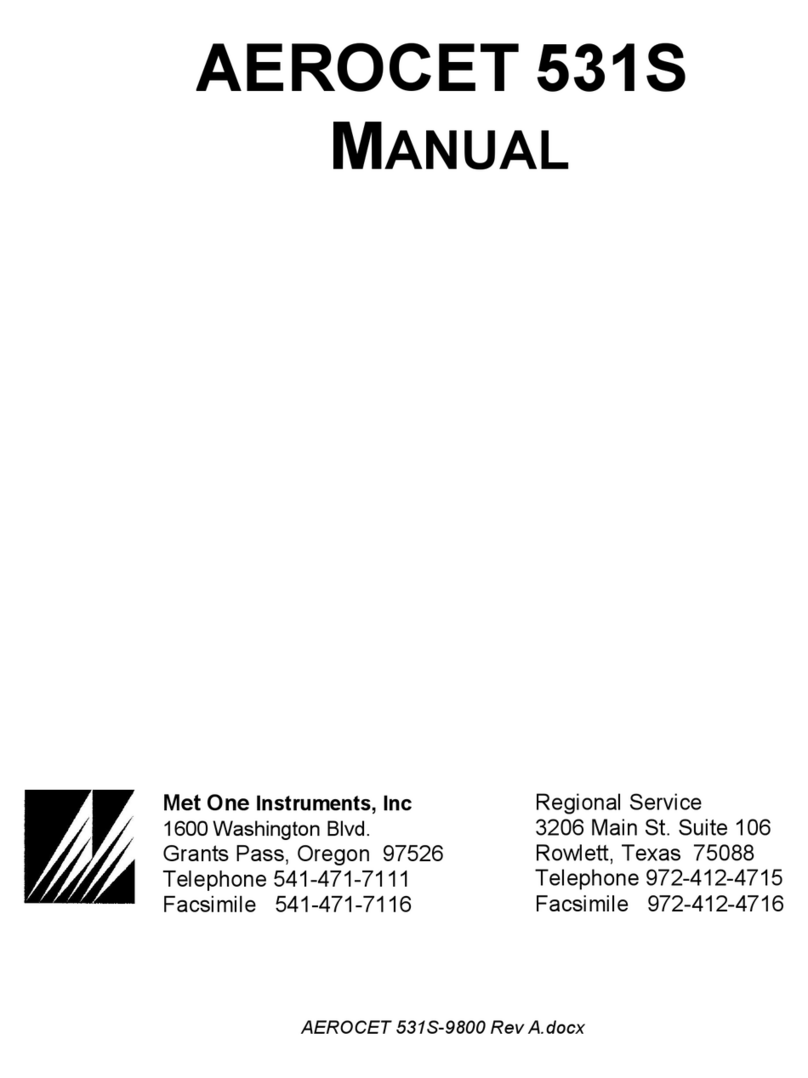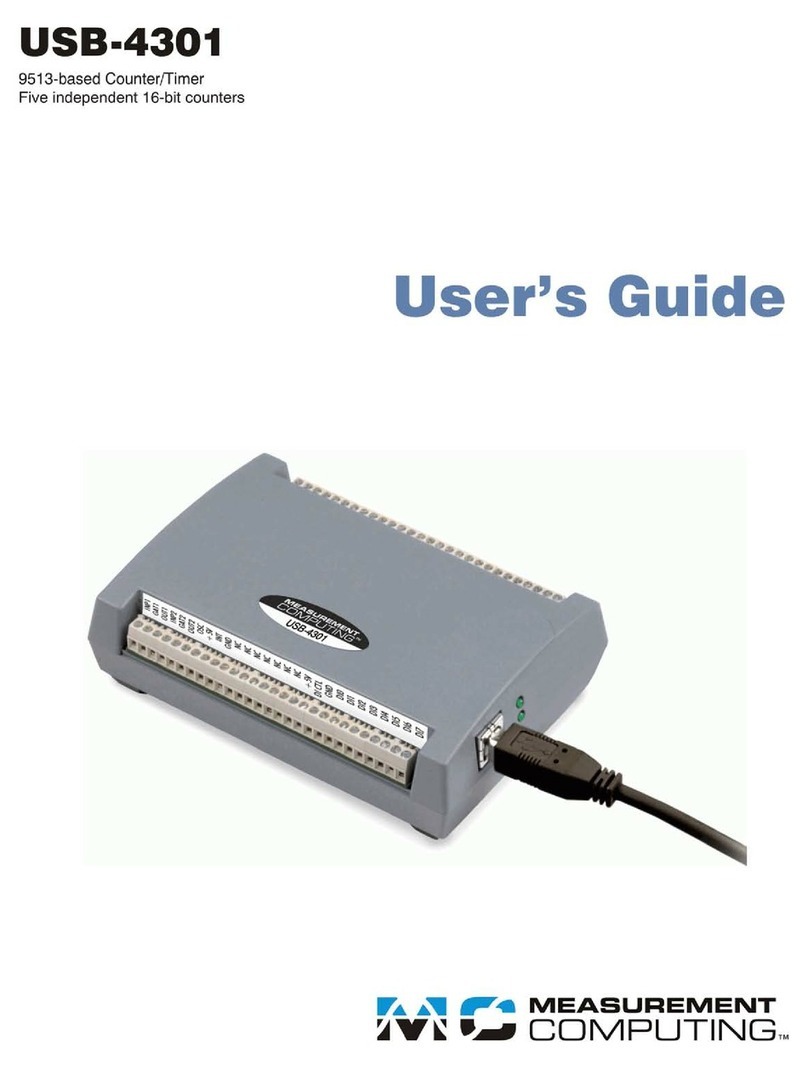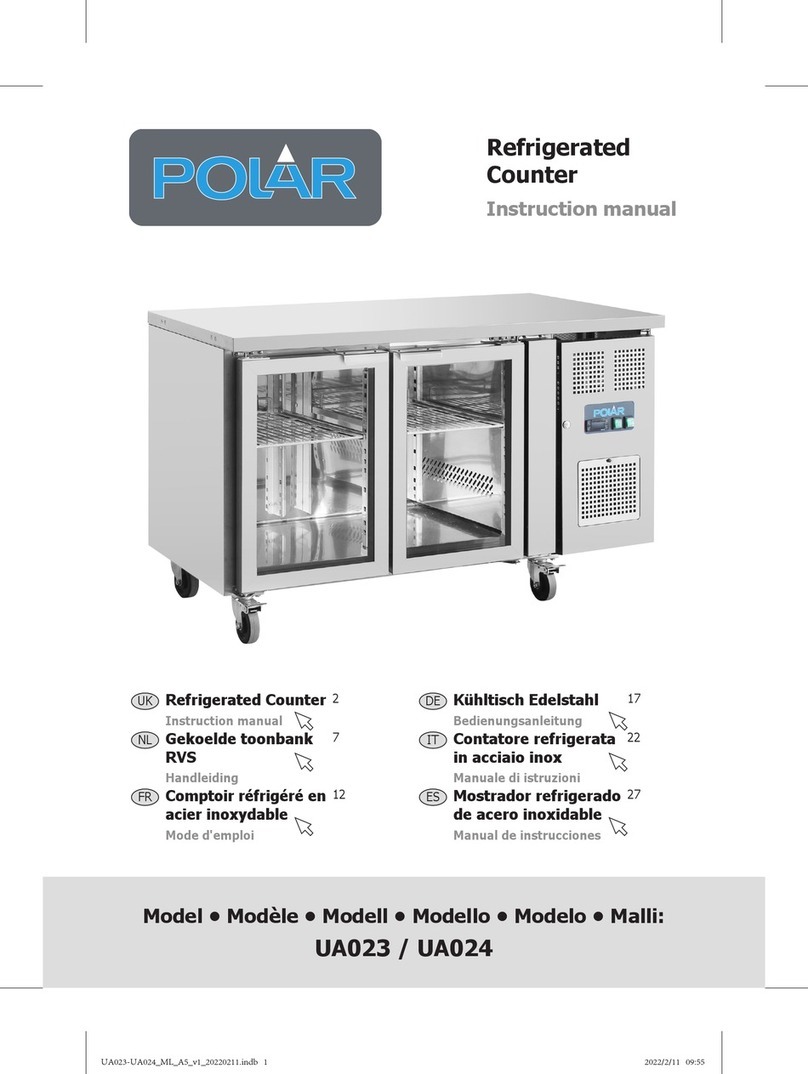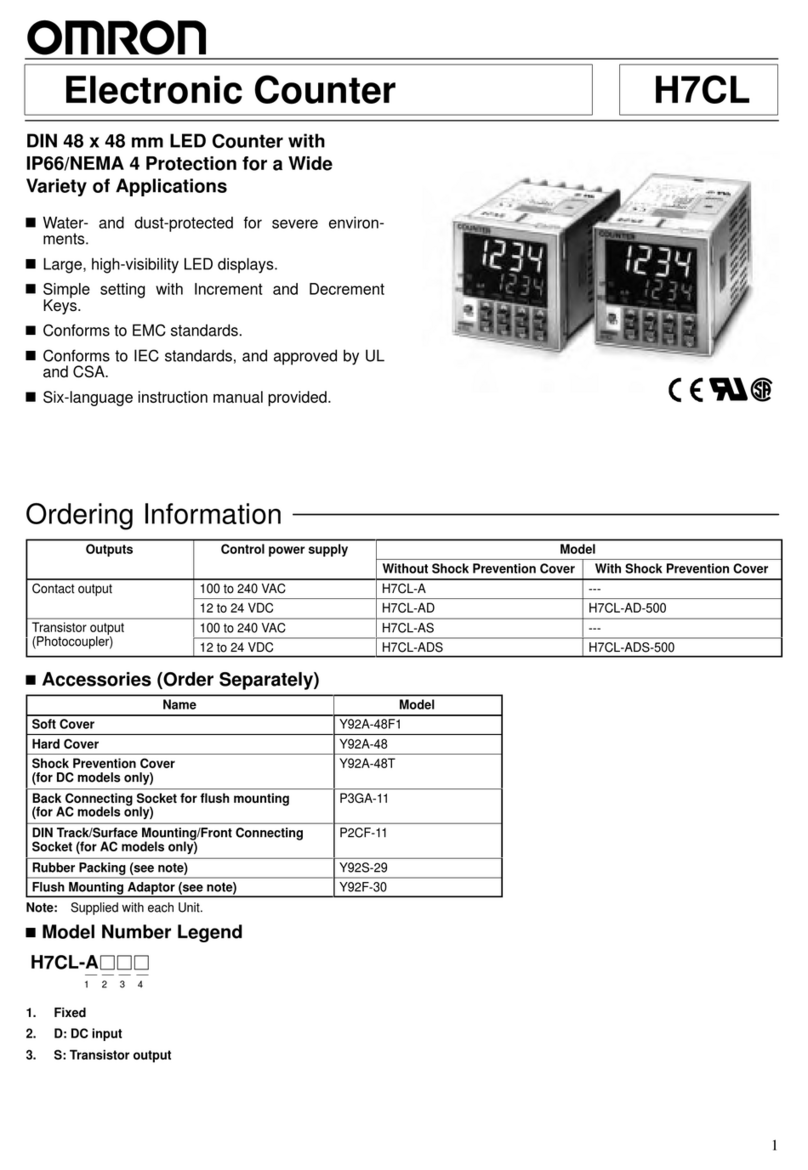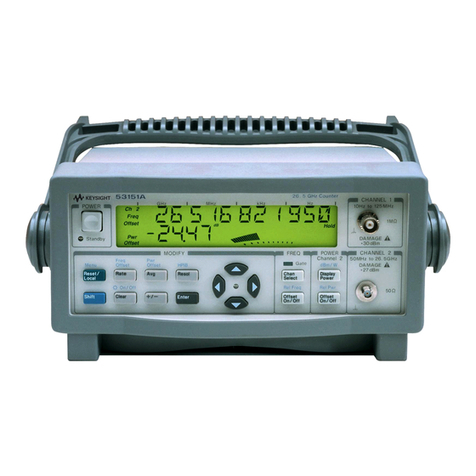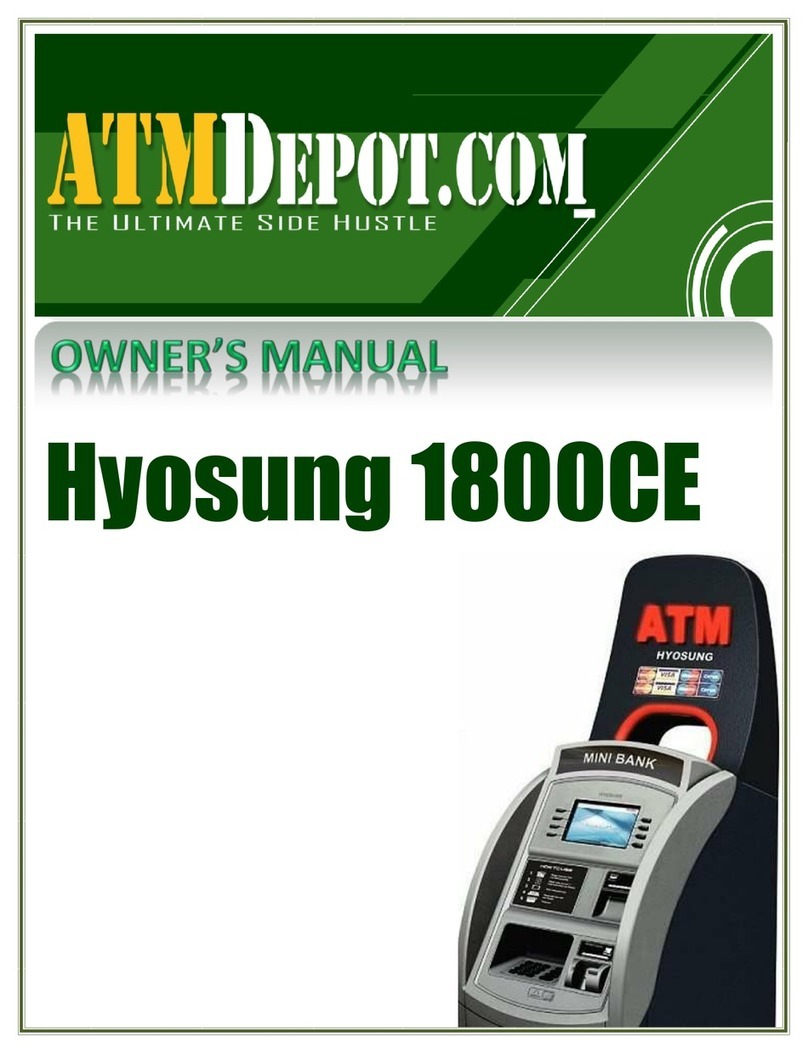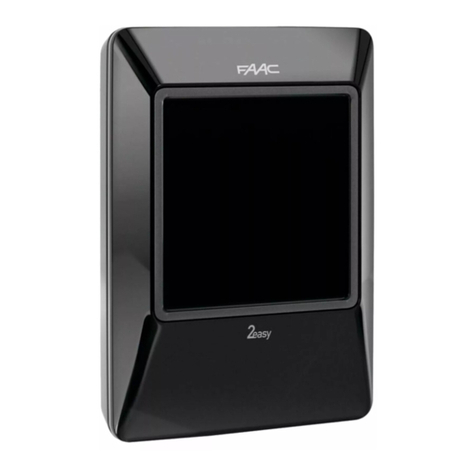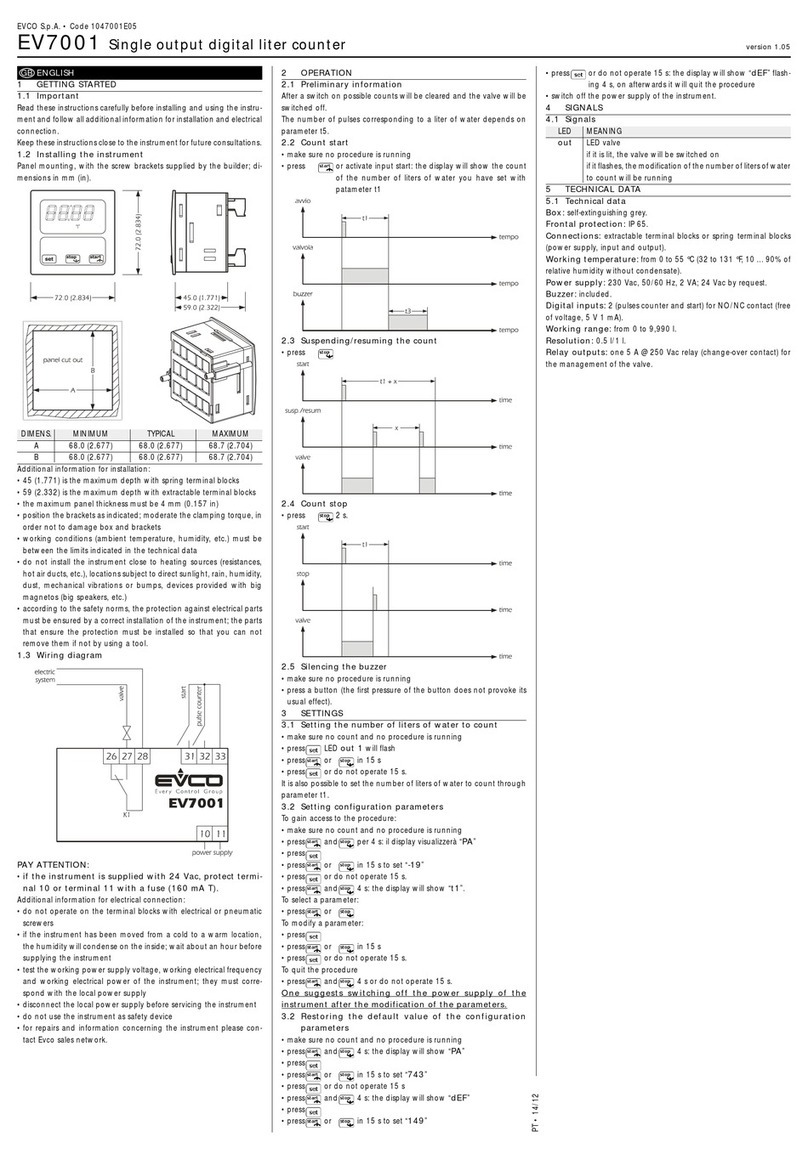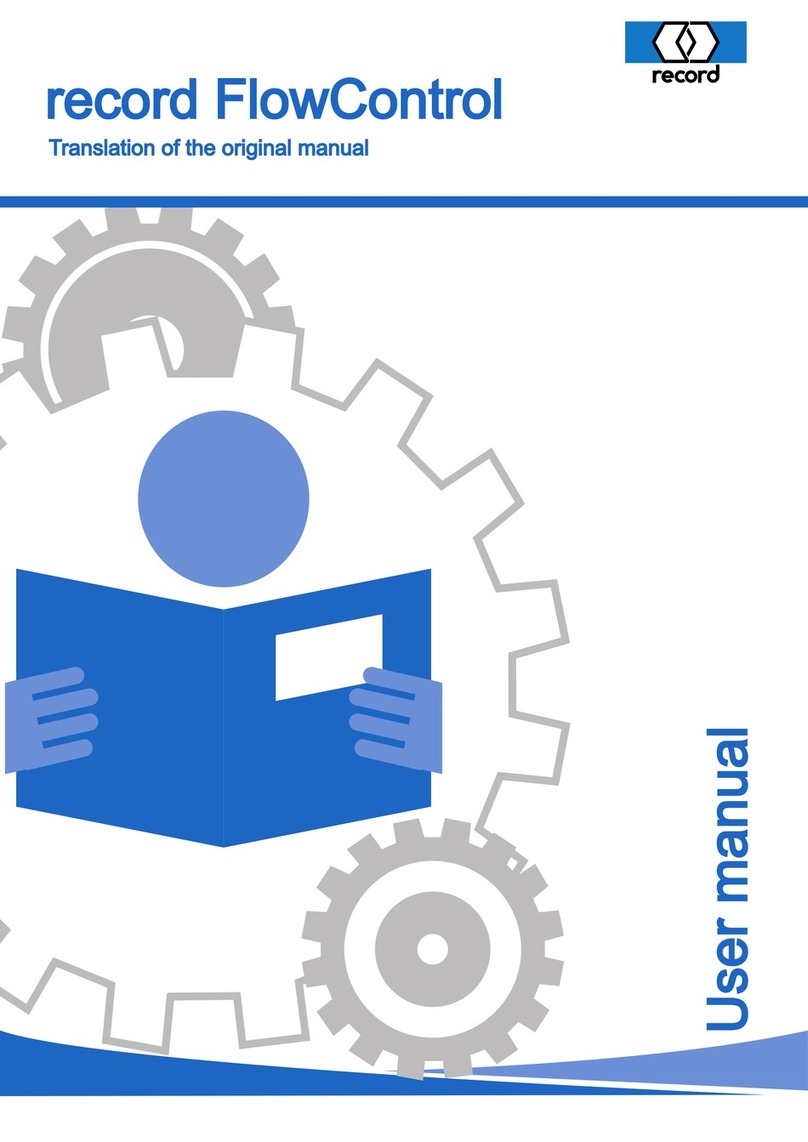AEROCET 532 Manual Rev B Page 3
Table of Contents
1. Introduction........................................................................................................... 5
2. Setup...................................................................................................................... 5
2.1. Unpacking..................................................................................................................................5
2.2. Layout........................................................................................................................................7
2.3. Default Settings .........................................................................................................................8
2.4. Initial Operation .........................................................................................................................8
3. User Interface ........................................................................................................ 8
4. Operation............................................................................................................... 9
4.1. About the Measurement ............................................................................................................9
4.2. Power Up...................................................................................................................................9
4.3. Operate Screen .........................................................................................................................9
4.3.1. Sampling ...........................................................................................................................11
4.3.2. Sample Status...................................................................................................................11
4.3.3. Sample History..................................................................................................................11
4.4. Sample Related Functions ......................................................................................................12
4.4.1. Starting/Stopping...............................................................................................................12
4.4.2. Measurement Type...........................................................................................................12
4.4.3. Sample Mode....................................................................................................................12
4.4.4. Count Mode.......................................................................................................................12
4.4.5. Sample Time.....................................................................................................................12
4.4.6. Hold Time..........................................................................................................................12
4.4.7. Sample Timing ..................................................................................................................12
5. Menu Selections.................................................................................................. 13
5.1. Edit Menu Items.......................................................................................................................13
5.2. Sample Setup Screen..............................................................................................................14
5.2.1. Location ID........................................................................................................................14
5.2.2. Measure ............................................................................................................................14
5.2.3. Mode .................................................................................................................................15
5.2.4. Count Mode.......................................................................................................................15
5.2.5. Sample Time.....................................................................................................................15
5.2.6. Hold Time..........................................................................................................................15
5.3. Toolbox Screen .......................................................................................................................16
5.3.1. Units..................................................................................................................................16
5.3.2. Memory .............................................................................................................................17
5.3.3. K-Factors...........................................................................................................................18
5.3.4. Flow...................................................................................................................................19
5.3.5. Display ..............................................................................................................................20
5.3.6. Docking Station.................................................................................................................20
5.4. Initial Setup Screen .................................................................................................................22
5.4.1. Serial.................................................................................................................................22
5.4.2. Modbus .............................................................................................................................23
5.4.3. Clock .................................................................................................................................24
